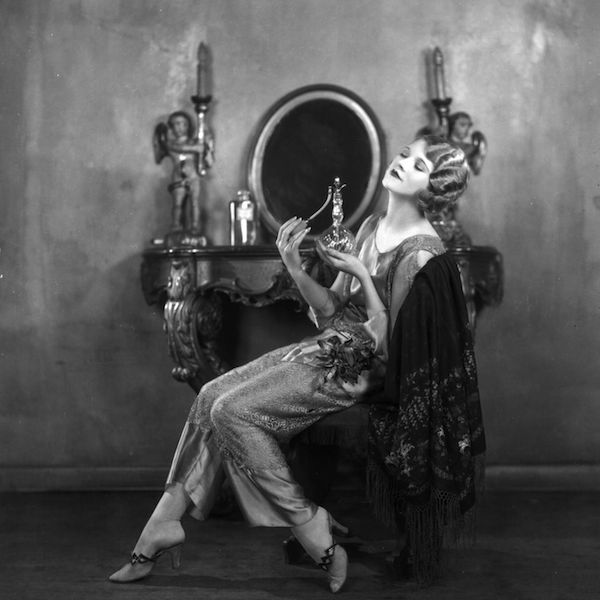The 1920s, often referred to as the Roaring Twenties, was a transformative era in history. It was a time of cultural upheaval, technological advancements, and the birth of new industries. When we think of the 1920s, images of flappers, jazz, and the Art Deco style often come to mind. But have you ever wondered what this exciting and dynamic decade might have smelled like? The scents of the 1920s were as distinctive as the fashion and music, and they offer a unique olfactory journey back in time.
- Perfumes and Fragrances:
The 1920s was a time when the perfume industry truly blossomed. Women’s liberation was gaining momentum, and they sought to express their newfound freedom through fashion and fragrance. The iconic Chanel No. 5, created by Coco Chanel, was introduced in 1921 and became a symbol of luxury and sophistication. Its scent, featuring notes of jasmine, rose, and ylang-ylang, captured the essence of the era.
- Cigarette Smoke:
Smoking was not just a habit; it was a fashion statement in the 1920s. Flappers, who were the epitome of rebellion, were often seen with cigarettes in elegant cigarette holders. Cigarette smoke filled the air in speakeasies, jazz clubs, and the decadent parties of the time.
- Automobile Exhaust:
The 1920s marked a significant increase in automobile ownership. As a result, the streets of cities like New York and Chicago were filled with the smell of gasoline and exhaust fumes. The newfound mobility offered by cars symbolized progress and modernity, and with it came the distinct aroma of gasoline.
- Prohibition-Era Beverages:
Prohibition, which lasted from 1920 to 1933, led to the widespread production and consumption of illegal alcoholic beverages. Speakeasies, secret bars that operated during Prohibition, served cocktails and moonshine. These places emitted the scent of gin, whiskey, and other concoctions, along with the accompanying mix of fruits and botanicals.
- Jazz Music and Dance Halls:
The Roaring Twenties were synonymous with jazz music and the vibrant dance culture that accompanied it. Jazz halls and dance clubs were filled with the intoxicating scent of lively music, perspiration, and the distinct aroma of wooden dance floors. The energy and enthusiasm of the time were palpable in the air.
- Flapper Fashion and Fabrics:
The 1920s fashion saw the rise of silk, velvet, and fringe. The scent of these fabrics, along with the perfumes and lotions that adorned them, filled the air. The rustling of beaded gowns, the swish of silk, and the luxurious textures of the era added to the sensory experience of the time.
- Scented Beauty Products:
Scented powders, lotions, and beauty products were in vogue during the 1920s. Women embraced the use of lavender, rose, and lilac-scented cosmetics. These scents were often associated with femininity and were essential components of a woman’s grooming routine.
Conclusion:
The 1920s was a decade of contradiction and contrast, where tradition clashed with modernity, and rebellion was embraced with sophistication. The scents of this era, from the elegance of Chanel No. 5 to the smoky speakeasies, the gasoline-infused streets to the lively jazz halls, all combine to offer a distinct olfactory experience that defined the time. Smelling like the 1920s is akin to taking a nostalgic journey back to an era of glitz, glamour, and groundbreaking change.







